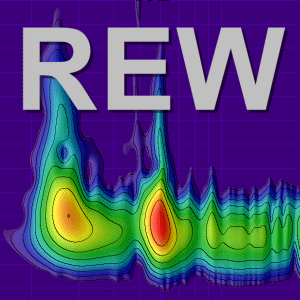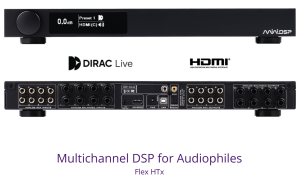Newmarket
New Member
Thread Starter
- Joined
- Jun 12, 2020
- Posts
- 3
More
- Front Speakers
- Soundcraft Absolute 4P
Hi. First of all - thanks for REW. Just getting into using it seriously for hobby purchases (although quite a bit of experience with Audio Test kit eg AP2/Neutrik A2 longer ago than I wish to think about !)
So - I'm taking a Cal reading of my I/O for a baseline. I think I'm doing that correctly. Response looks fairly typical with a rise up from very low frequencies to 20Hz or so then a fairly flat response with the characteristic ripples coming in at higher frequencies until the response falls steeply going to Nyquist. BUT there are some ripples in the response at very low / subsonic frequencies below 20Hz.
So making Cal file then applying that to a measurement of the I/O itself. Result should closely approximate to a flat response ?
It does in that the hf ripple is cancelled and the overall low frequency drop off is flattened. BUT the ripples in the low frequency response persist.
I have used a longer sweep time for the measurement which might have helped. And the ripple is small in overall terms. But there's definitely something going on and it markedly happens at frequencies below 20Hz.
Apologies for lack of numbers and images atm. I am not at home with the kit atm. But really wondering if there is a known explanation. Thinking in terms of latency / buffer size.
System is on XP 32 Bit - don't laugh - so using the REW version that works with that.
- so using the REW version that works with that.
Audio I/O is Soundscape Mixtreme using an external ADC/DAC box interfaced via TDIF. (Reason for sticking with the XP is that this system doesn't work with newer Windows. Well, technically it apparently can work with Win7 - but only as long as Memory is not more than 2Gig so not much use).
Any insight welcome. Will post images etc when I get the chance.
Thanks for reading.
So - I'm taking a Cal reading of my I/O for a baseline. I think I'm doing that correctly. Response looks fairly typical with a rise up from very low frequencies to 20Hz or so then a fairly flat response with the characteristic ripples coming in at higher frequencies until the response falls steeply going to Nyquist. BUT there are some ripples in the response at very low / subsonic frequencies below 20Hz.
So making Cal file then applying that to a measurement of the I/O itself. Result should closely approximate to a flat response ?
It does in that the hf ripple is cancelled and the overall low frequency drop off is flattened. BUT the ripples in the low frequency response persist.
I have used a longer sweep time for the measurement which might have helped. And the ripple is small in overall terms. But there's definitely something going on and it markedly happens at frequencies below 20Hz.
Apologies for lack of numbers and images atm. I am not at home with the kit atm. But really wondering if there is a known explanation. Thinking in terms of latency / buffer size.
System is on XP 32 Bit - don't laugh
Audio I/O is Soundscape Mixtreme using an external ADC/DAC box interfaced via TDIF. (Reason for sticking with the XP is that this system doesn't work with newer Windows. Well, technically it apparently can work with Win7 - but only as long as Memory is not more than 2Gig so not much use).
Any insight welcome. Will post images etc when I get the chance.
Thanks for reading.












